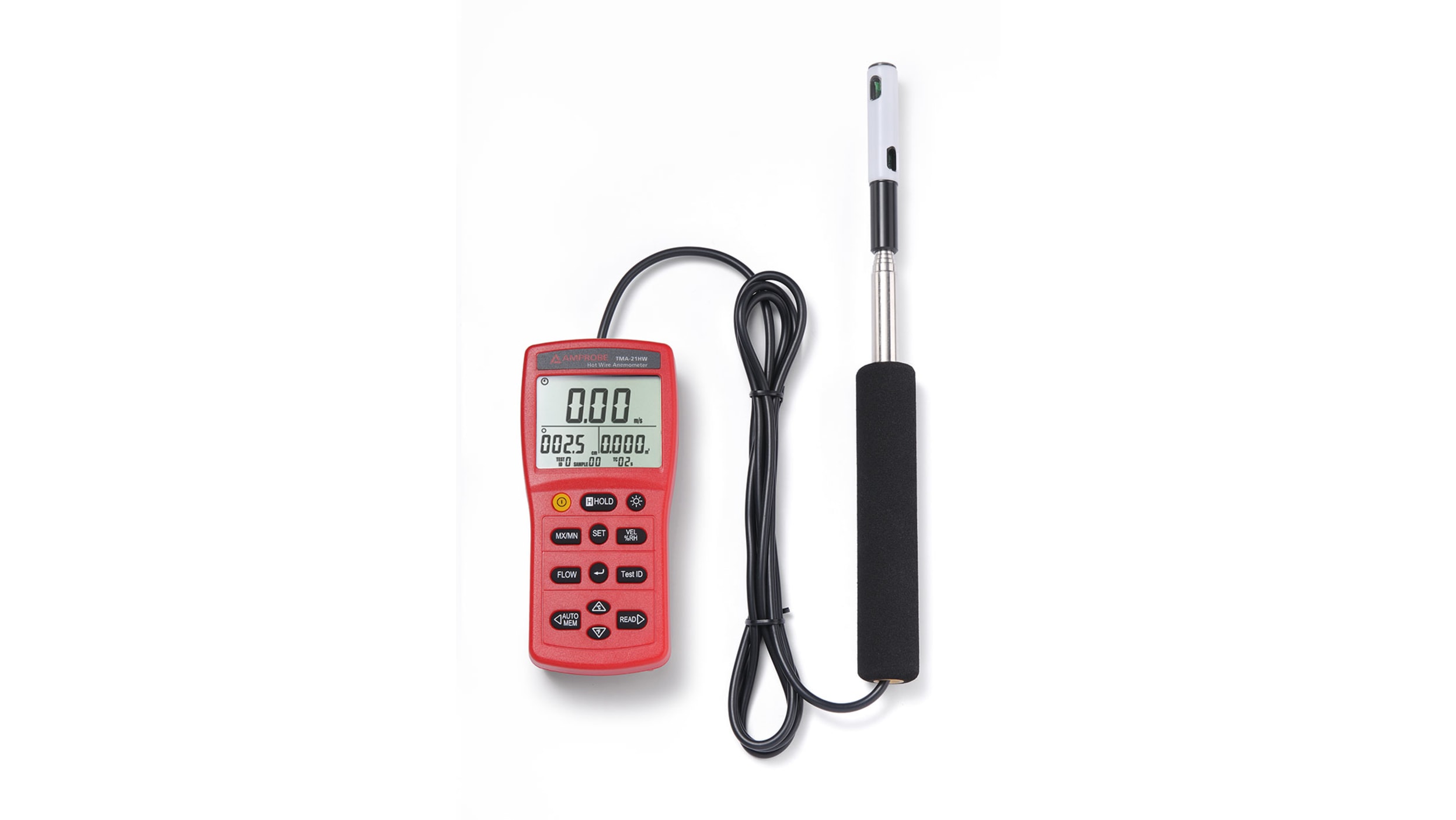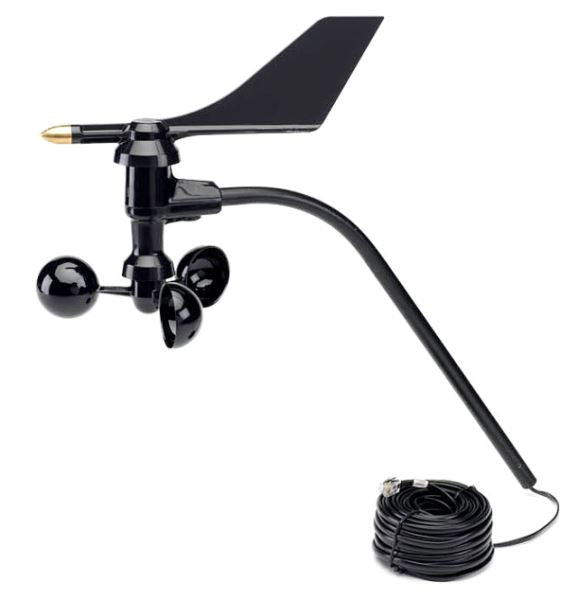Contrasting Digital and Mechanical Anemometers: Which is Right for You?
Contrasting Digital and Mechanical Anemometers: Which is Right for You?
Blog Article
Discovering the Features and Advantages of Anemometers for Weather Condition Fanatics and Experts
Anemometers stand as critical tools in the world of weather condition monitoring, catering to both fanatics and seasoned professionals alike. These devices provide a window right into the vibrant world of wind patterns and speeds, giving important information for meteorological evaluation and projecting. From mug anemometers to sonic anemometers, each kind brings its distinct collection of applications and advantages, clarifying various facets of weather. As we look into the features and benefits of anemometers, a deeper understanding arises not only of prevailing climate sensations however additionally of the broader ramifications for sectors like wind power production and environmental research.
Value of Anemometers in Weather Condition Tracking
Anemometers play a critical function in weather condition surveillance by supplying accurate measurements of wind speed, aiding in forecasting and understanding weather condition patterns. These tools, varying from standard mug anemometers to modern ultrasonic anemometers, are important for meteorologists, scientists, and climate enthusiasts alike.

Sorts Of Anemometers and Their Applications
The most common kinds of anemometers include cup anemometers, vane anemometers, hot-wire anemometers, and ultrasonic anemometers. Cup anemometers are composed of 3 or 4 cups mounted on horizontal arms that rotate with the wind, gauging its speed. Vane anemometers, on the other hand, utilize an openly turning vane to line up with the wind direction, giving both wind rate and direction measurements.
Each kind of anemometer has its one-of-a-kind advantages and applications. Cup anemometers are durable and suitable for general weather tracking, while vane anemometers are preferred for directional measurements. Hot-wire anemometers are delicate to reduced air velocities, making them excellent for indoor settings. Ultrasonic anemometers are non-intrusive and supply high accuracy, typically used in research and specialized weather condition tracking applications. Recognizing the attributes and applications of each kind of anemometer is crucial for selecting one of the most appropriate tool for specific weather condition checking demands.
Benefits of Making Use Of Anemometers in Forecasting
In weather forecasting, the utilization of anemometers provides indispensable benefits for boosting the precision of weather condition projecting. Anemometers determine wind rate and direction, offering vital data for anticipating climate patterns. By incorporating wind information right into projecting models, meteorologists can better recognize the movement of weather condition systems, prepare for modifications in weather, and concern a lot more precise forecasts.
In addition, anemometers play a vital function in analyzing potential climate dangers. Monitoring wind speeds assists forecasters anticipate extreme weather occasions such as storms, twisters, and winter storms with higher precision. This early caution system allows authorities to provide prompt signals and apply required safety and security measures, decreasing the risks to life and building.
Additionally, anemometers help in maximizing renewable power manufacturing. By examining wind patterns, meteorologists can determine appropriate places for wind farms and anticipate power outcome, contributing to the reliable generation of wind power.

Anemometers in Wind Energy Manufacturing
Provided the vital role anemometers play in providing accurate wind data for weather condition projecting and risk analysis, their value extends to the world of wind power manufacturing. Anemometers are necessary instruments in the area of wind power, where the measurement of wind rate and instructions is crucial for establishing the expediency and efficiency additional hints of wind generator installments. By accurately gauging wind rates at varying elevations, anemometers help visite site enhance the positioning and style of wind turbines to maximize energy result.
In wind farms, anemometers are tactically put to collect real-time wind data that is made use of to analyze the potential energy manufacturing of a website. This data is instrumental in figuring out the financial practicality of wind power projects and in forecasting energy generation to make sure grid stability. In addition, anemometers help in keeping an eye on wind conditions to optimize turbine performance, prevent damage from high winds, and make sure the safety of workers working in the vicinity of wind turbines.
Enhancing Weather Condition Understanding With Anemometers

Anemometers play a key duty in improving our understanding of microclimates. These localized weather can vary significantly from broader regional projections, making it necessary to have exact data for details locations. anemometer. By purposefully placing anemometers in numerous places, scientists can collect in-depth information on exactly how wind behaves in different surfaces, urban settings, or bodies of water
Moreover, anemometers add to boosting weather condition forecasting models by offering real-time data on wind actions. This information is especially beneficial for forecasting extreme weather condition occasions, maximizing agricultural techniques, and sustaining industries like aeronautics and maritime navigation. In general, anemometers are indispensable tools that enable us to dig deeper right into the intricacies of weather systems, eventually causing more better-informed decisions and precise predictions.
Final Thought
In verdict, anemometers play an important function in weather condition surveillance and projecting by determining wind rate and direction. Anemometers likewise have applications in wind energy manufacturing, additional highlighting their importance in both weather forecasting and eco-friendly power industries.
From mug see post anemometers to sonic anemometers, each kind brings its special set of applications and benefits, losing light on various elements of climatic problems. These tools, ranging from typical mug anemometers to modern ultrasonic anemometers, are necessary for meteorologists, scientists, and climate lovers alike. The most common types of anemometers consist of cup anemometers, vane anemometers, hot-wire anemometers, and ultrasonic anemometers. Mug anemometers are suitable and robust for basic weather tracking, while vane anemometers are favored for directional measurements. Anemometers are crucial tools in the field of wind energy, where the measurement of wind rate and direction is essential for figuring out the feasibility and efficiency of wind turbine setups.
Report this page